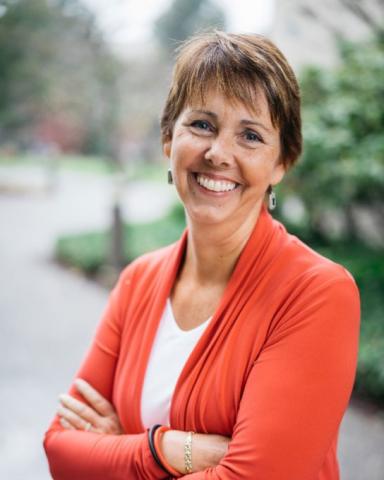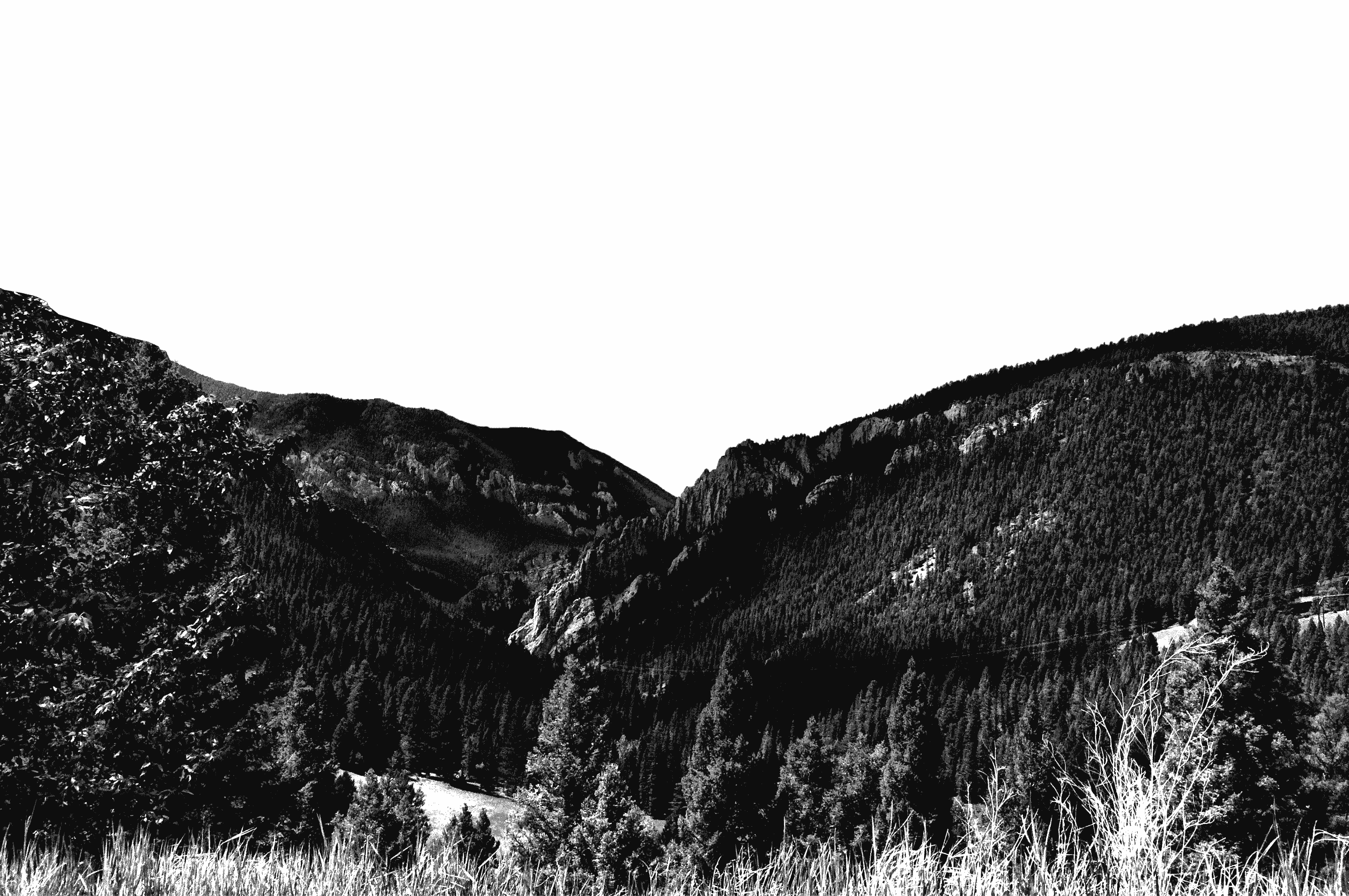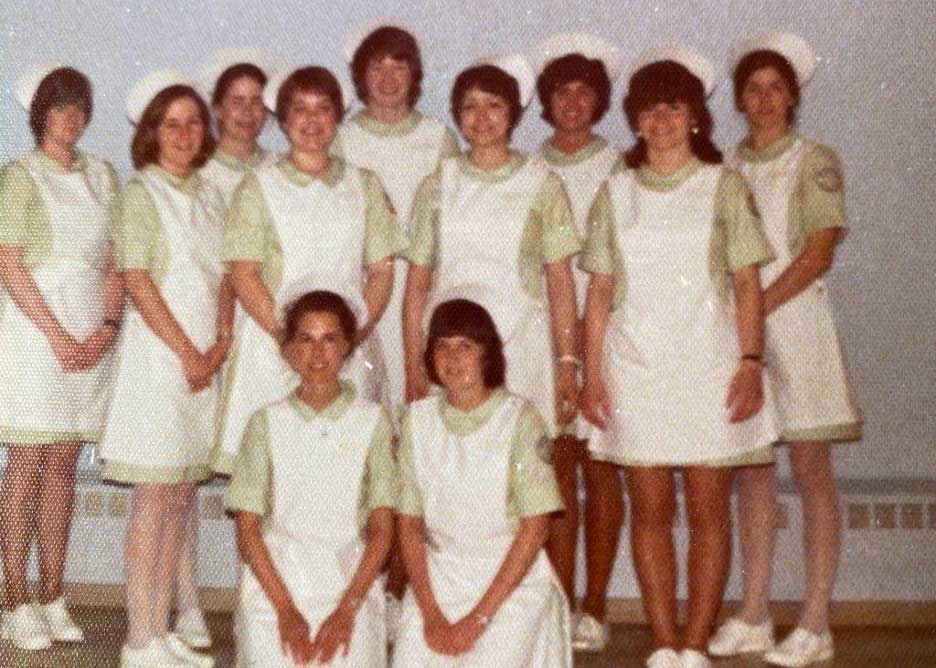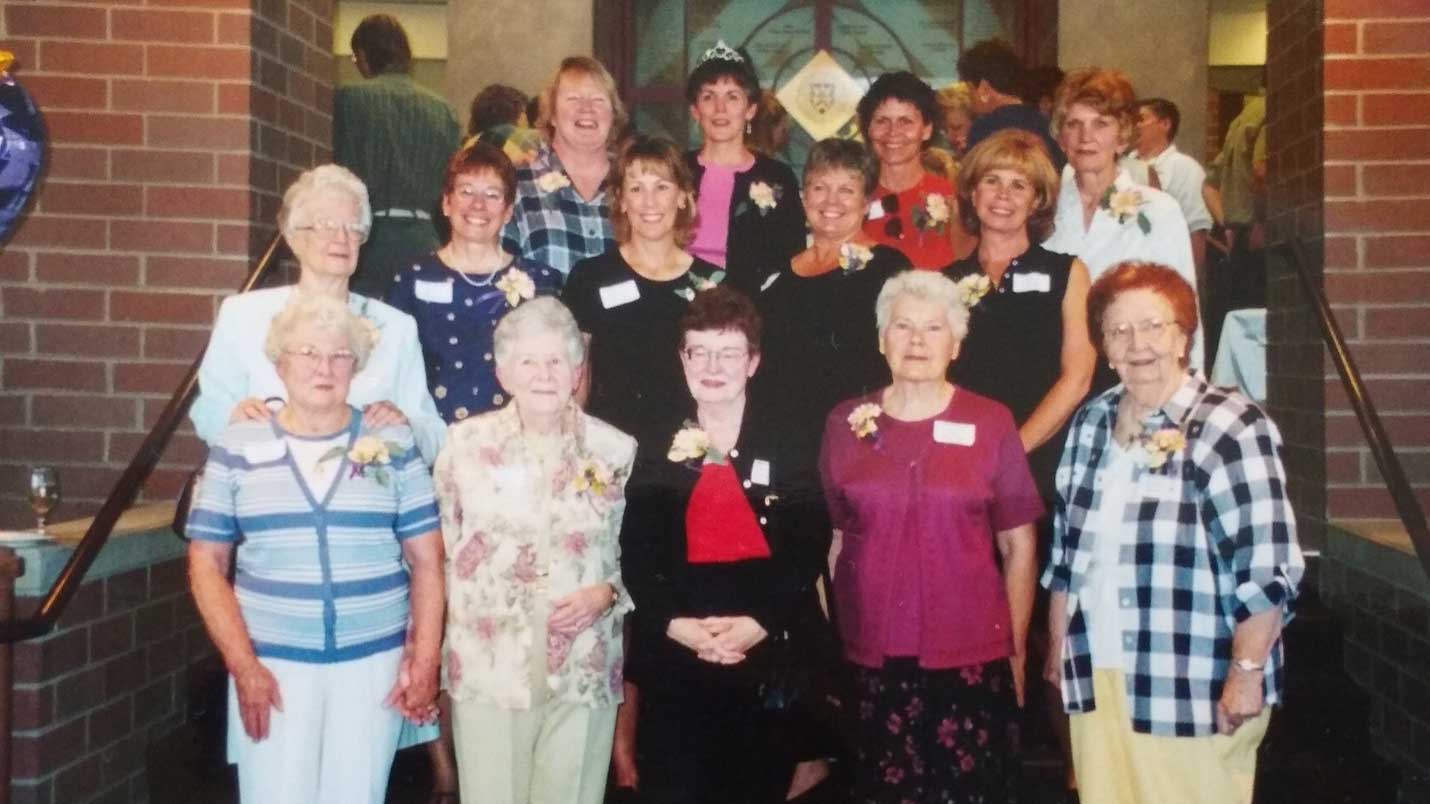By Jennifer Elison, Ed.D.
 Walking across the scenic Carroll campus it is easy to see that the college is steeped in history. The iconic St. Charles Hall reflects the early years of Mount Saint Charles College chartered in 1909. For 37 years Carroll was known as a “college of liberal arts and sciences for men."
Walking across the scenic Carroll campus it is easy to see that the college is steeped in history. The iconic St. Charles Hall reflects the early years of Mount Saint Charles College chartered in 1909. For 37 years Carroll was known as a “college of liberal arts and sciences for men."
The demand for nursing care during WWII ushered in a new era for the college when the first women students arrived on campus to attend the Sisters of Charity’s newly organized Department of Nursing Education in 1946. At that time, tuition per semester was $100, room and board cost $180, and the average cost of books and fees was $25. The nursing program curriculum consisted of two semesters of “pre-clinical training” including classes in English composition, chemistry, religion, ethics, nursing history, microbiology, anatomy and physiology, psychology, nutrition, and professional adjustment. Upon completion of their coursework, nursing students then attended clinicals at either St. James Hospital in Butte, St. Vincent’s Hospital in Billings, or St. John’s Hospital in Helena. Additional clinical rotations were completed at the State Hospital at Warm Springs. After completing 30 months of clinical rotations, the students were eligible to sit for their State Boards. Three additional semesters at Carroll College following attainment of their RN license would result in a baccalaureate degree in nursing education. The infant manikin in the Carroll College nursing lab is named for the first recipient of a B.S. in Nursing Education, Madeline Sampson.
There were many factors influencing the nationwide focus on baccalaureate education for nurses. The conceptualization of nursing was changing from standardized treatment to a practice focused on individualized care which required an ability to assess and design care for each patient. In 1944 the GI Bill was introduced which allowed female veterans financial support for degrees in public health nursing. Additionally, the 1946 President’s Commission on Higher Education, the Hospital Survey and Reconstruction Act, and in the 1950’s, the Kellogg Nursing Advisory Committee all supported higher education for nurses. By 1965, the National League of Nursing had passed Resolution 5, “The education for all those who are licensed to practice nursing should take place in institutions of higher learning. Minimum preparation for beginning nursing at the present time should be baccalaureate degree education in nursing. Minimum preparation for beginning technical (bedside) nursing practice at the present time should be associate degree education in nursing.”
The support for baccalaureate nursing education by well-regarded committees and the National League of Nursing did not ease the transition from a task oriented clinical focus in nursing education to a focus of nursing education which promoted individualized, holistic care. A letter to the editor in a 1966 nursing journal is a good example of the backlash facing nursing educators, “Please prove to me that I can give a better back rub or enema by taking courses in music appreciation or literature.” Some practicing nurses scoffed at the idea of a liberal arts education for nurses.
Fortunately, Carroll College was home to two champions for baccalaureate nursing education. Monsignor Joseph Harrington (longtime Professor of Biology who filled many roles at Carroll including serving as college President from 1969-1974) and Therese Sullivan, Ph.D. (Nursing department chair from 1975-1994, who helped design the original nursing curriculum and set the high standards the program is still known for today). Dr. Sullivan’s own education was influenced by one of her teachers, Dr. Madeleine Leininger, the well-known nursing theorist who conceptualized the Transcultural Care Model with its emphasis on culturally congruent care for health, well-being, and dying. Today’s nursing curriculum reflects these concepts and is one of the factors which makes the Carroll nursing program unique.
I had the honor of interviewing Monsignor Harrington and Dr. Sullivan in 2014 as they recounted the obstacles facing Carroll’s nursing education program in 1969. They stated that the nursing students themselves had a difficult time transitioning to the new model for nursing education and thus, nursing practice. There was a shortage of baccalaureate prepared nurse educators for clinical faculty and the requirement that a nursing department chairperson hold a doctoral degree made it difficult to staff the department. Additionally, there was resistance from the Carroll College faculty, many of whom believed that “nursing is technical and does not require a college education.”
Fortunately for the profession, the college, and, most certainly, for the patients, families, and organizations that we serve, Dr. Sullivan and Monsignor Harrington and countless other nursing faculty who support baccalaureate education prevailed. Retired Nursing Professor Donna Greenwood’s words of wisdom, “baccalaureate nurses live the liberal arts*” and “baccalaureate nurses design care,” exemplify the high standards of nursing education and practice evident in the Carroll College nursing graduates.
*Historically, Carroll College granted the degree of Bachelor of Arts (BA) to its graduates; however, the Carroll College Faculty Assembly voted to change the nursing degree from a Bachelor of Arts to a Bachelor of Science in the spring of 2010. Beginning with the graduating class of 2014, all nursing graduates from Carroll College have been granted a BS in nursing (more commonly referred to as BSN). This does not reflect a change in what it means to be a Carroll nurse – the liberal arts continue to be emphasized and threaded throughout the nursing curriculum. However, our graduates were increasingly encountering confusion about a BA in nursing being the same level as a BSN and we made this change to more closely align with the standards of the nursing profession.
Note: Following graduation of the first baccalaureate nursing class on May 1, 1977, the Montana State Board of Nursing granted full approval to the program and Carroll’s baccalaureate nursing program has been continuously approved by the Montana Board of Nursing and accredited by national accrediting organizations since 1977.


